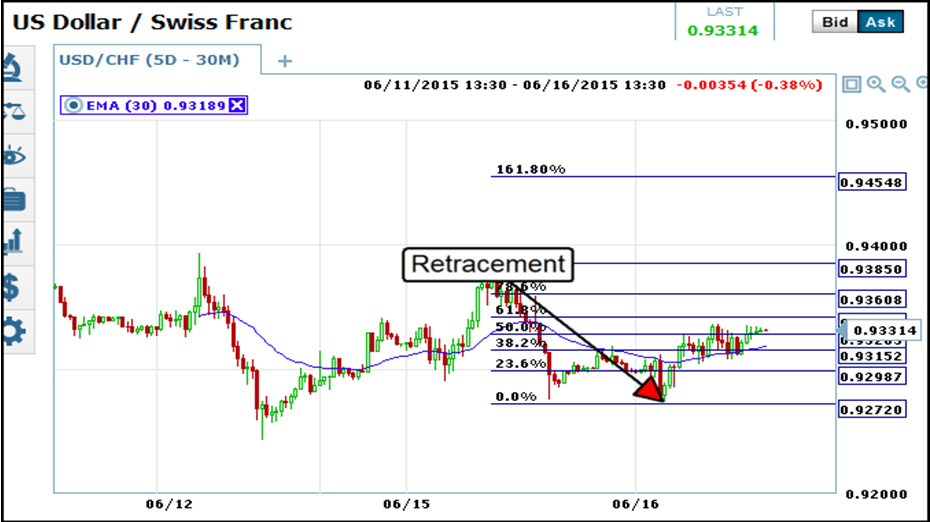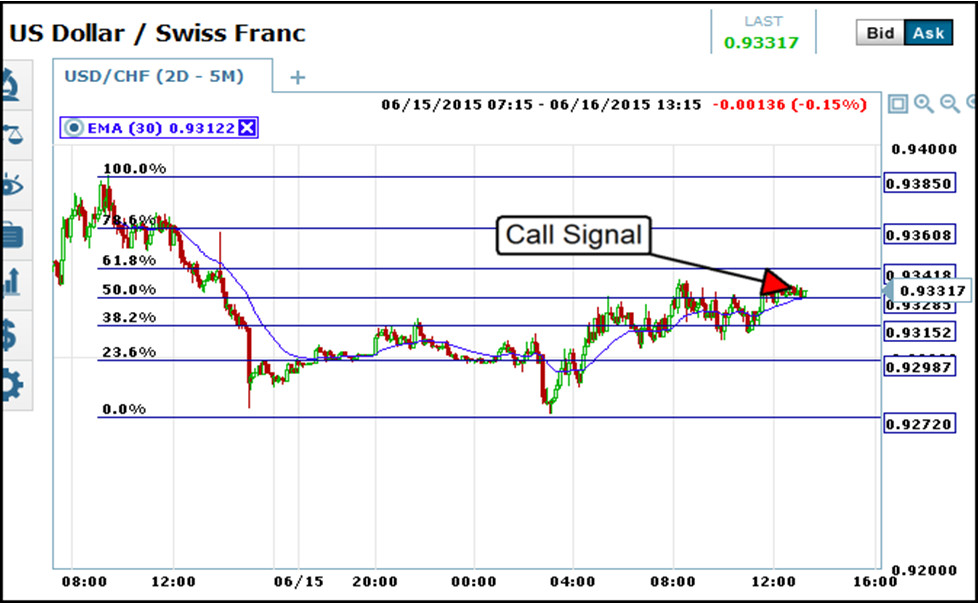The Geek’s Moving Average Pivot Strategy – Geek Ways
The Geek’s Moving Average Pivot Binary Options Strategy Review
I first thought of this strategy when answering some questions in the forum. A member was asking about pivots, what they were, the best way to find them and how to trade them. The answers to those questions are vast, there are several ways to determine pivots and even more ways to trade them. This is a strategy I worked out based on my answers, trading style and intended for short term use. I must warn you that this is a relatively straight forward strategy but one that may take more than a little experience to master as it relies on Fibonacci Retracements.
What Is The Geeks Moving Average Pivot Strategy
This is my strategy for trading short term time frames. It is based on short term moving averages, 30 bar, and uses pivots for target points. There are many ways to determine potential pivot points but I like using Fibonacci Retracements. I use two time frames for this strategy, 5 days with 30 minute candles and then 1 days with 5 minute candles. The longer term time frame is for setting the pivots, I look to the most recent trough/peak or peak/trough combination and use those to draw a Fibonacci Retracement from the left to the right. This sets my pivots and can be used for many days, up to and even after a new peak or trough forms on the chart. In the example below price action has bounced from a low and is in the middle of the range; if price is at a bottom or top, draw your Fib to that point and start from there looking for a bounce or a continuation.

Once the retracements are drawn I switch down to the 1 day 5 minute chart. I use two days to make sure I have a good frame of reference for today’s trading. This is when the moving average comes into play. I use the Fibonaccis as my pivots, at those points I us candle patterns and the moving average to look for signs of continuation or reversal. Typically, if one Fibonacci Retracement is broken price will move on to the next, if a retracement is support than a bounce will move up to the next and if one is resistance then price will move down to the next. In between prices will make bearish and bullish crossovers providing signals for entry providing confirmation of the signals.

Rule For Call Entry : Price makes a bullish crossover of the moving average or a confirmation of support on the moving average at or near a Fibonacci Retracement. The signal is stronger if it occurs in conjunction with a bullish crossover of a Fibonacci, or a confirmation of support at a Fibonacci. Recommended expiry is 5-15 minutes.
Rule For Put Entry : Price makes a bearish crossover of the moving average, or confirms resistance at the moving average, at or near a Fibonacci Retracement. The signal is stronger if it occurs at the same time it is making a bearish crossover of a Fibonacci Retracement, or confirming resistance at a retracement. Recommended expiry is 5-15 minutes.
Tip For Entry : Trend can play a huge role in the success of this strategy. I only take trades in line with the trend, based on simple visual observation. This is example is obviously in near term uptrend so my targets are calls. If the Fib was drawn from trough to peak instead of peak to trough I would most likely be targeting puts.
Why This Strategy Doesn’t Suck
This strategy doesn’t suck because it works, but really, because it is based on fundamentally sound analysis and years of experience. Fibonacci’s are uncannily accurate at predicting areas where signals are likely to occur. If you don’t use them you should, regardless of your other tools. Moving averages are another great tool and very useful for finding lots of signals. Together they make a powerful for short and long term traders alike.
Why This Strategy Might Suck
This strategy might suck because it is targeting short term trading and relies on relatively advanced, and esoteric, analysis. The fact is, no matter how accurate Fibonacci’s may be, they are only loosely accurate. What I mean is, a Fibonacci level is only a target zone for a signal to appear in, not a signal in and of itself. The retracement is a line, but the signal you are looking for could occur on the line, above or below it and be either bullish or bearish… it takes some skill and experience to know the difference. Newbies may find themselves pulling out their hair trying to make this work.
My Last Thoughts On The Moving Average Pivot Point Strategy
I think this is a good strategy and one that can be employed successfully by traders with a firm grasp on candlesticks, support/resistance and moving average trading. The thing to keep in mind is that the Fibonacci Retracements are only targets for signals, not signals. The moving average is for signals, use the Fibonacci’s to help determine trend and direction. For best results wait for the strong signals, the ones that confirm both the moving average and the retracement as they are more likely to close in the money with the recommended expiry.